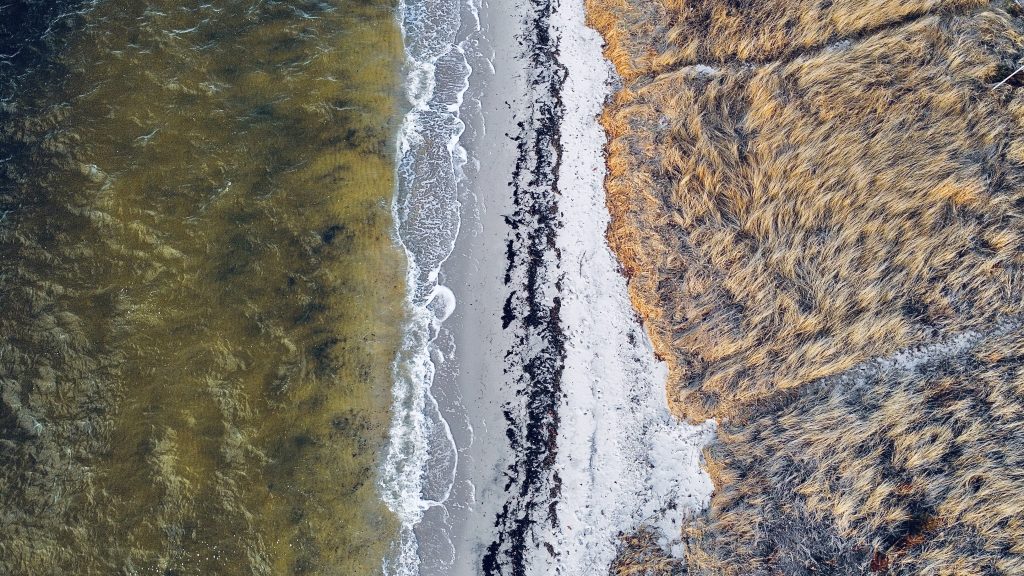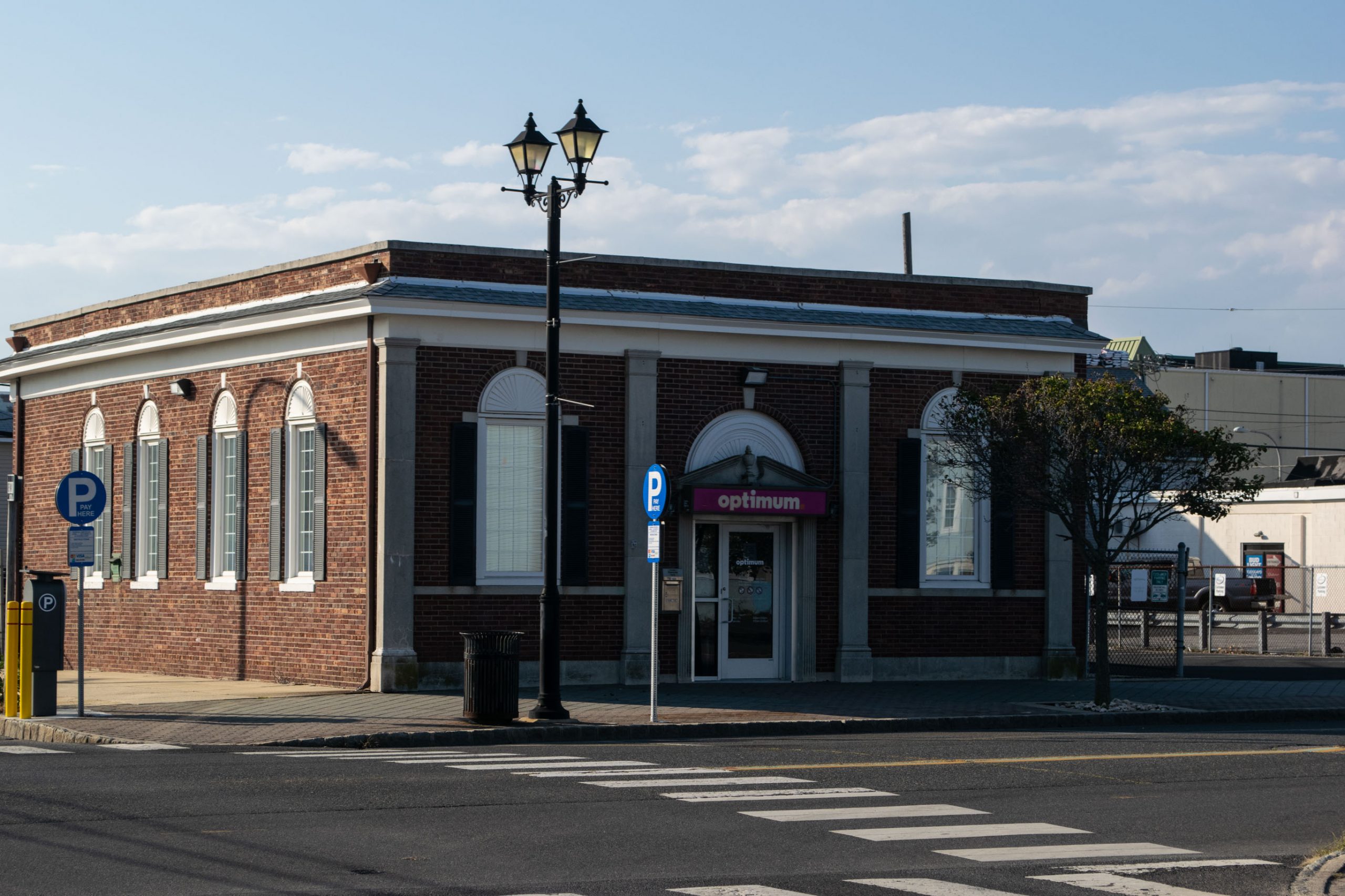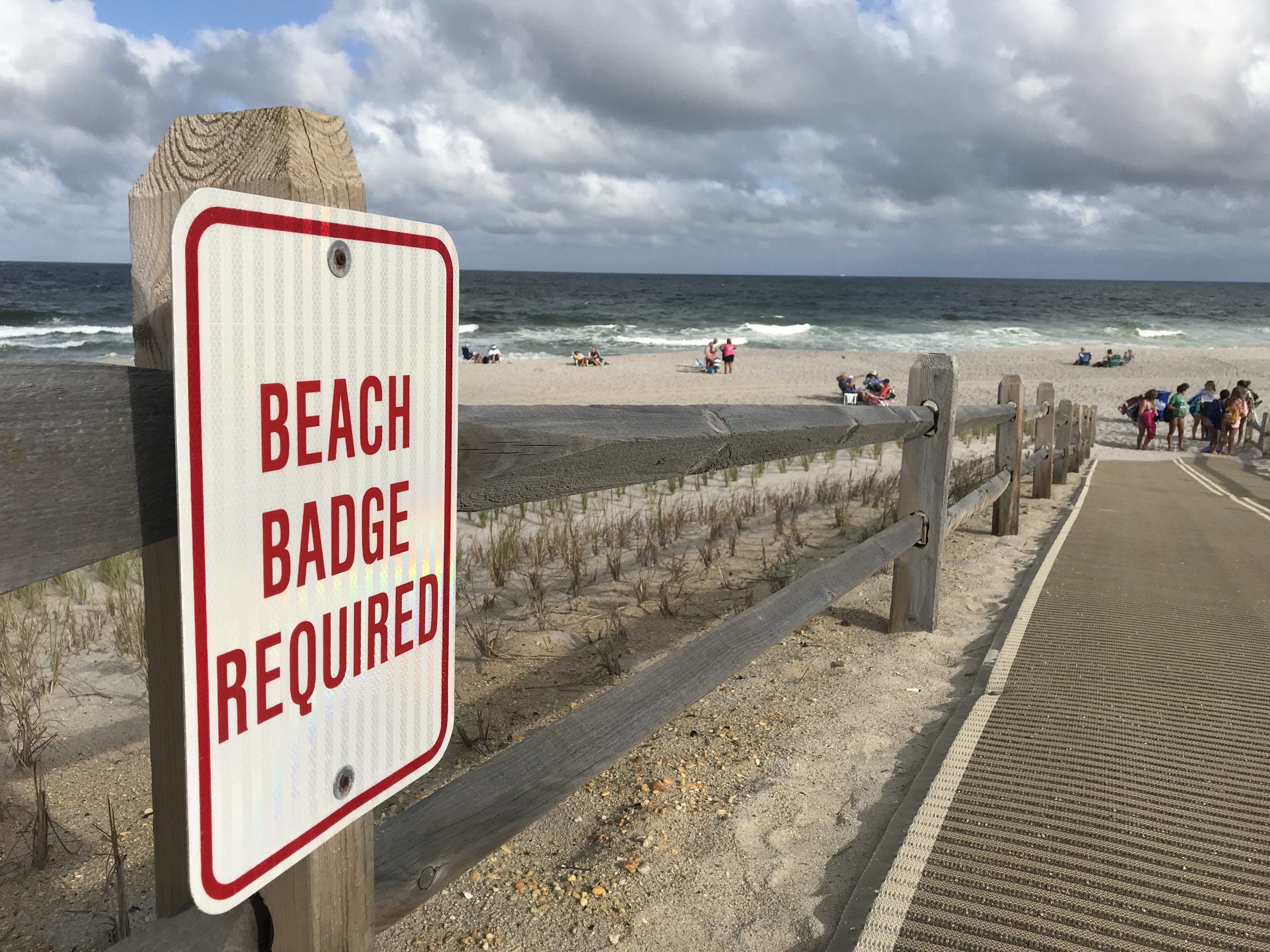Seaside Park officials have voted to continue their quest to build a living shoreline, artificial reef and other wave-attenuating features in and along Barnegat Bay in order to mitigate frequent flooding that is plaguing the bayside of town.
The borough has long sought to build an oyster shell reef, along with a “living shoreline” in the bay along Bayview Avenue to reduce the energy of waves during storms, and also build out the beach berm to its 1977 width and construct a new bulkhead at the top of the beach. The project has seen support from environmental advocates, local planners and the state’s Department of Environmental Protection, however it has failed to get off the ground – for years – due to a lack of permission from the U.S. Army Corps of Engineers. The Army Corps has insisted that the project could affect the growth of eelgrass and seaweed, known under its scientific terminology “submerged aquatic vegetation,” usually shortened to the acronym “SAV.”
Federal officials, despite having been shown that SAV is not growing in the area along Bayview Avenue, have held that the environment could support the growth of SAV, and therefore the project should not move forward as proposed. Seaside Park officials, with backing from environmental consultants and even some environmental advocacy groups, argue the project would not only stop repeated flooding and backwashing of storm sewers, but would foster an ecosystem that would lead to more marine life where little to none current exists.
Though the project has been stymied by the back-and-forth between the local and federal governments, Seaside Park officials are confident that the plan will work to curb flooding – likely the most major issue the borough council faces – and have pledged to continue to work within the system to gain approval. The latest effort to do so is an authorization to hire the nonprofit American Littoral Society to provide professional services to the town in order to provide modifications to the SAV Mitigation Plan, a document the federal government has sought from the borough.
The issue, officials have said, is that local planners are unable to ascertain exactly what the federal government is seeking in such a report, especially in the wake of in-person site visits that have proven unconvincing to Washington. The American Littoral Society is due to conduct more research, act as a liaison with the federal government and prepare the report to federal specifications. At its last council meeting, the council voted to award the contract to the American Littoral Society at a cost of $13,160.
The importance of the overall project led to the decision, however council members did question how many studies need to be conducted before action is taken.
“I just feel like we keep authorizing more money for different studies, but I don’t know what they’re finding, where all of this ends up,” said Councilwoman Gina Condos. “Individually they’re not significant investments dollar-wise, but collectively, every time we do this I ask, ‘How does this work into our bigger plan?’”
Mayor John Peterson said the American Littoral Society rarely works directly with municipal governments to gain approvals for projects, however the organization employs numerous experts in living shorelines and have consultants on-hand with experience working through federal red tape. The first step is gaining guidance on what, exactly, needs to be studied. That research would be completed by Dr. Paul Bologna, a noted marine biologist who teaches at Montclair State University.
“We’re at the very tail end of the growing season for SAV where Dr. Bologna could do a realistic survey, and without these specific directions from the Army Corps, you can’t do that survey because we don’t have the specificity with what they will ultimately require,” Peterson said.
The mayor said, anecdotally, he’s received “more positive vibes” in recent conversations on the plan, providing hope that a solution is drawing closer. A full implementation of the reef, however, is required for the anti-flooding effort to be successful, he said.
“The Army Corps was attempting – with what everyone agrees was without adequate scientific background – to say, ‘Why don’t you proceed with the living shoreline without a wave attenuation component?’” he explained. “Everyone agreed that was unrealistic and doomed to failure. Stockton [University], in particular, was taking the lead in giving them input for that.”
Federal permitting is the final major step to bring the long-sought project to fruition. The state Department of Environmental Protection has largely approved of the borough’s plan, which centers on building out a number of platforms on the bayside to mitigate flooding, protect the shoreline, form a breakwater and foster the growth of native species on a “living reef” which would naturally absorb the impact of wave action. In a move few initially thought would be feasible, the borough – with assistance from a team of engineers and academics from Stockton University – were able to convince the state that the shoreline could be safely restored to its former size, as published in a 1977 survey. Expanding the width of the bayfront would not only raise the grade of the shoreline, but leave enough room for a second bulkhead and an oyster reef which would serve the dual purpose of restoring aquatic life to the bayfront and mitigating wave action. The entire effort would be combined with a project to raise the elevation of Bayview Avenue and install check valves on outfall pipes to prevent water from backwashing onto the roadway.

Advertisement

Police, Fire & Courts
Cops: Juvenile Arrested After 118mph Joy Ride in Seaside Heights, Toms River Kills 2

Seaside Heights & Seaside Park
Seaside Heights Mourns Passing of Boardwalk Legend, Still Working Into His 90s












